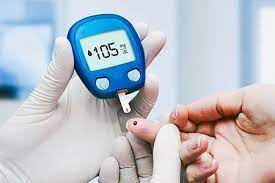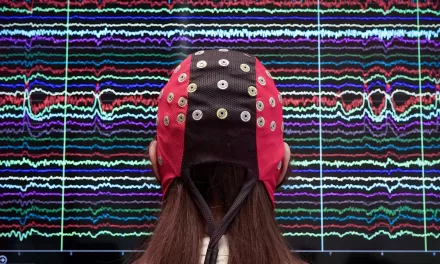Prediabetes, a frequently overlooked health condition, can significantly increase the risk of developing diabetes if not managed in time, experts warned on Wednesday. This condition occurs when blood sugar levels are elevated but not yet high enough to be classified as Type 2 diabetes.
Affecting over 130 million people in India and more than 700 million globally, prediabetes is a serious health concern. Similar to diabetes, it can lead to severe complications such as heart attacks and strokes.
“Prediabetes puts you at a greater risk of developing diabetes. If both fasting and post-glucose levels are high, the risk is the highest. The level of HbA1c determines the risk for diabetes, with the five-year risk being 50 percent if the HbA1c is more than 6 percent, and 25 percent if it is between 5.7 and 6 percent,” explained Dr. Ambrish Mithal, Chairman, Endocrinology and Diabetes, Max Healthcare. The HbA1c test evaluates a person’s level of glucose control.
“The lifetime risk of developing diabetes if you have prediabetes is 70 percent or greater,” he added.
Prediabetes signals the body’s insulin resistance, often accompanied by abdominal obesity. Besides heart-related conditions, it can also lead to other complications such as high blood pressure, kidney disease, fatty liver disease, nerve damage, blood vessel damage, and vision problems.
Dr. Shashank Joshi, an endocrinologist at Lilavati Hospital in Mumbai, describes prediabetes as “a wake-up call from your body that certain habits are damaging your blood vessels and can lead to complications like heart attack or brain stroke.”
“If left untreated, it can negatively impact your overall well-being. Even if you are not diagnosed with Type 2 diabetes, it can still cause serious health issues such as severe damage to the kidneys, heart, nerves, and blood vessels,” Dr. Joshi told IANS.
However, experts believe that prediabetes can be managed and even reversed through early detection and lifestyle modifications.
“Yes, it is possible to reverse or achieve remission of prediabetes through early detection and certain lifestyle adjustments,” said Dr. Joshi.
Dr. Mithal emphasized, “Prediabetes can also be interpreted as ‘prevent diabetes.’ One can reverse prediabetes to normal, or at least remain in the prediabetes range for a prolonged period without converting to diabetes. Up to 50 percent of Type 2 diabetes cases can be prevented or delayed if intervention is introduced at the right time. About five to seven percent weight loss goes a long way in improving glucose levels and reducing associated risks.”
Early detection is crucial in reversing the condition. Dr. Joshi recommends regular glucose checks, especially for those over 25 with a family history of diabetes or a waist circumference above 90 cm for men and 80 cm for women. These checks should be done at least once every three years until age 40 and then annually.
“If prediabetes is diagnosed, adopt simple lifestyle measures under expert medical supervision. This includes eating less, eating on time, eating right, moving or walking more, sleeping well, and avoiding smoking and alcohol,” advised Dr. Joshi.
Understanding and addressing prediabetes early can help prevent the progression to diabetes and associated complications, making lifestyle adjustments a vital part of health management.












